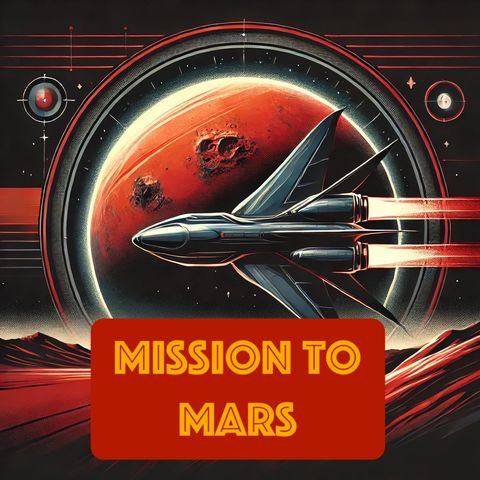Conquering the Challenges of a Mars Mission: Ensuring Sustainable Life Support and Crew Wellbeing

Download and listen anywhere
Download your favorite episodes and enjoy them, wherever you are! Sign up or log in now to access offline listening.
Conquering the Challenges of a Mars Mission: Ensuring Sustainable Life Support and Crew Wellbeing
This is an automatically generated transcript. Please note that complete accuracy is not guaranteed.
Description
In embarking on a mission to Mars, one of the most distinctive challenges compared to a voyage to the Moon is the duration and self-sufficiency required. A lunar mission typically...
show moreA Mars mission, including the return journey, would likely last at least two to three years. During this period, astronauts must have a sustainable supply of life essentials and contingency resources, considering they cannot be resupplied from Earth once the mission has commenced. This necessitates a highly reliable system of life support and bioregenerative technologies to ensure a continuous availability of fresh water and food.
Water recycling will be critical, as seen on the International Space Station where systems are able to recycle about 90% of all water-based liquids. In addition to this, food systems on Mars missions may likely rely on a combination of pre-packaged supplies and hydroponically-grown plants. These methods would need to be much more advanced than those currently in use to ensure the health and dietary needs of the crew over such extended periods.
Energy supply is another critical factor. Dependence on solar panels or possibly nuclear power will be crucial to ensure a stable and reliable energy source that can sustain life support systems, spacecraft navigation, scientific experiments, and daily operations.
Moreover, the psychological and physical effects on the crew must also be considered over the long term in a confined space with no immediate possibility of return until the mission concludes. Solutions include meticulously designed interiors to stave off feelings of claustrophobia, schedules that mimic Earth’s time cycles to help maintain circadian rhythms, and virtual reality tools to simulate more open environments and provide mental relief.
Preparing for a mission to Mars involves rigorous, lengthy, and detailed planning and technology development, building on what has been learned from lunar missions and current space station habitation. Each step forward involves international collaboration and innovative engineering solutions to ensure that when humans finally land on Mars, they are prepared for a safe, productive, and feasible stay.
Information
| Author | QP-4 |
| Organization | William Corbin |
| Website | - |
| Tags |
Copyright 2024 - Spreaker Inc. an iHeartMedia Company

Comments